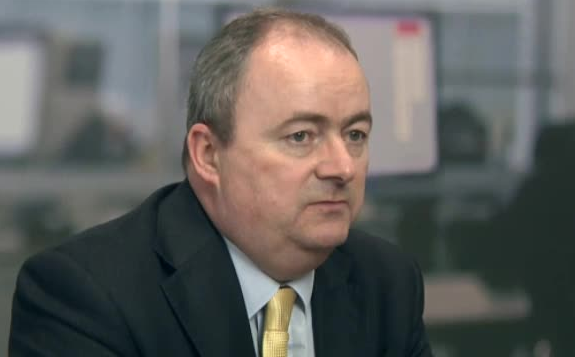Henderson european equities manager Nick Sheridan explains why he tries to set aside the sentiment of short-term uncertainty when looking for value, and why he believes that the eurozone remains a prime area to seek out investment opportunities at the start of 2016.
What lessons have you learned from 2015?
Probably the most important lesson from 2015 is the importance of trying to look beyond the emotional impact of short-term news flow, when it comes to valuing stocks. Investors have had to deal with a bewildering series of ‘big news’ events, from the optimism surrounding the European Central Bank’s QE programme to unexpected shocks (the Greek debt crisis; uncertainty over Chinese growth, Volkswagen’s emissions bombshell). As ever these short-term sell-offs provided good buying opportunities for those discerning investors willing to focus on what matters: value.
Are you more or less positive than you were this time last year, and why?
While it is true that the recovery in Europe has been slower and more erratic than hoped, recent news has been reasonably upbeat. Eurozone PMIs are a 54-month high, German industrial output is improving and regional consumer prices are up – all signs that suggest solid growth in the region over the next few months. Although recent earnings in Europe have on the whole been a touch disappointing, many companies have upgraded their expectations for 2016. The question now is whether investors will be patient enough to wait for this earnings recovery to come through.
What are the key themes likely to shape your asset class going forward and how are you likely to position your portfolios as a result?
Our bottom-up strategy is designed to set aside the sentiment and incorporate in-depth analysis of meaningful measures to help identify those stocks that are best placed to outperform. Market volatility, short-term news flow and unexpected events can contribute to a degree of change, but we tend to focus on measurable factors, such as earnings/cash flow, dividends and the balance sheet.
At the heart of the process is very much a focus on value. What price you pay at the beginning of a holding period ultimately dictates your returns. Should market volatility continue to increase, this will create pricing disparities, offering a potentially rich vein of opportunities to invest in quality companies at attractive valuations.


